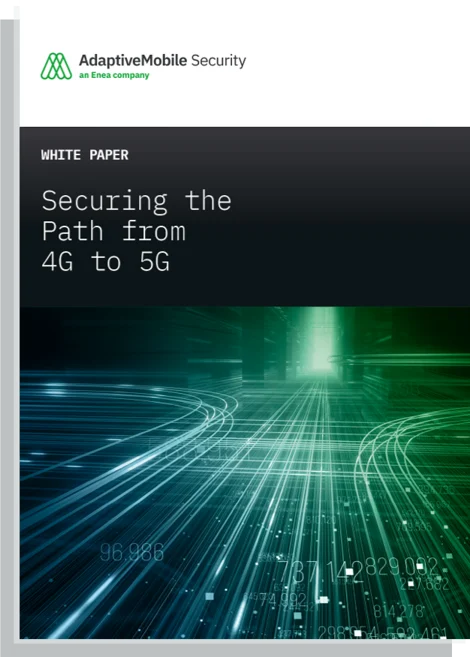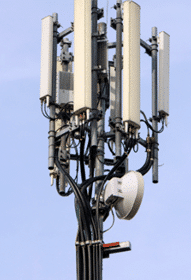FREE WHITE PAPER
Securing the Path from 4G to 5G: How to protect mobile networks and subscribers during migration
5G enables a large range of service and use cases. It offers new levels of bandwidth, reliability, round trip times and integration of verticals. With the huge increase of more sensitive and valuable data in the 5G core network, there is also an increase in the interest of fraudsters, hackers and nation states in getting access to this data or other attacks impacting subscribers and networks. Attackers already have a toolbox of attacks available for 2G, 3G and 4G networks, for them a new generation of mobile technology is simply a new technology, attackers will probe different networks for a suitable attack path to their target.
As the leading global telecoms network security company, AdaptiveMobile Security details in this white paper the typical migration and interworking scenarios that 4G Mobile Operators will encounter when they migrate to a 5G core network, and outline how to protect them, as well as how to integrate the latest threat intelligence into their protection strategy. We will discuss the following interworking scenarios for 4G nodes with the 5G Service Based Architecture (SBA):
Mobility Management Entity (MME) integration into 5G core
- 4G Non-3GPP access migration
- 4G Subscriber Databases (HSS / 4G-UDR) integration with 5G core
- Location based service migration as an example of service migration
“Vulnerable 5G core networks will come under attack, and attackers are at their strongest while we’re looking the other way; as the complexities of migration are dealt with, security must not be overlooked. A strong security defence with a live cyber threat intelligence system and attack correlation between generations is critical in keeping 5G oeprators up-to-date and protected against the latest attacks.”
5G Security Research Team at Enea AdaptiveMobile SecuritySecuring the Path from 4G to 5G






